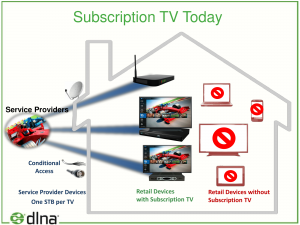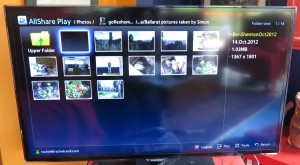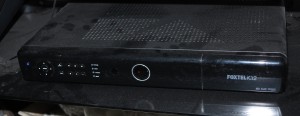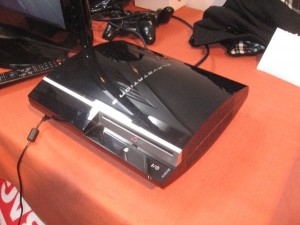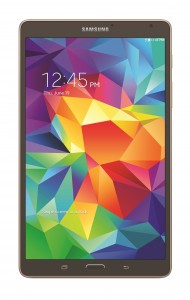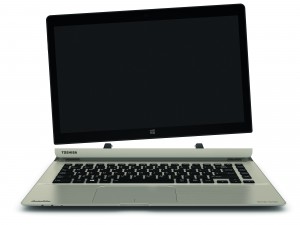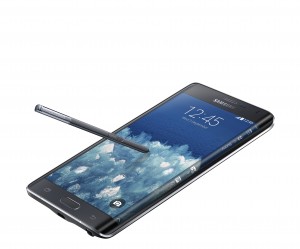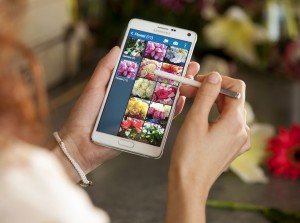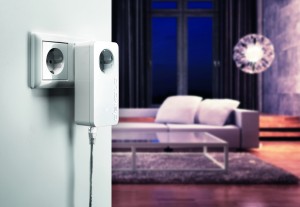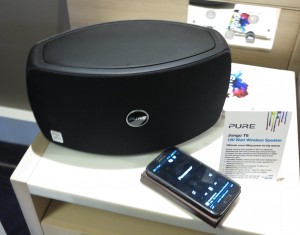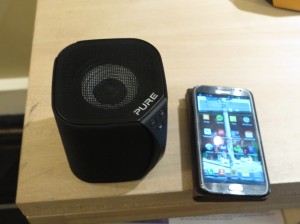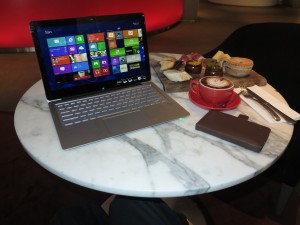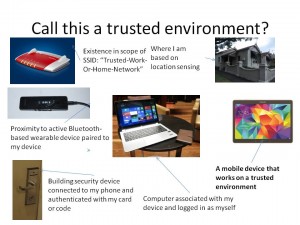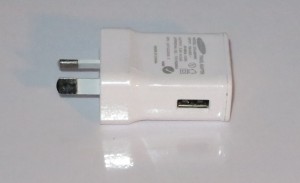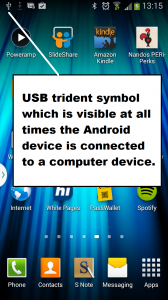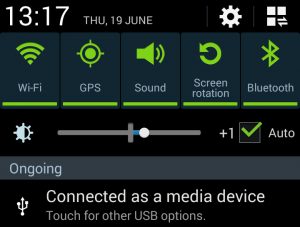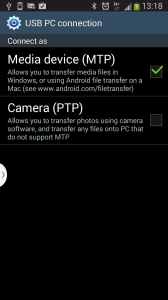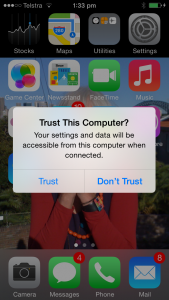VIDIPATH has now been launched for Pay-TV
Introduction
![]() DLNA have worked out the final set of CVP-2 Guidelines and have started a testing regime for video equipment that fits the bill. This is to provide the ability for a level playing field when it comes to distributing premium subscription-TV (Pay-TV) content around a customer’s home network to devices that the customer owns.
DLNA have worked out the final set of CVP-2 Guidelines and have started a testing regime for video equipment that fits the bill. This is to provide the ability for a level playing field when it comes to distributing premium subscription-TV (Pay-TV) content around a customer’s home network to devices that the customer owns.
They have also decided to market the new concept under a consumer-friendly brand which is “VIDIPATH”. This is following on from how a distinct brand make it easier for customers to remember what to look for when buying in to a technological improvement, such as with the successful Dolby noise-reduction system for the cassette tape.
The reason to progress with VIDIPATH has been based on the strong circulation of DLNA-capable media-server and media-endpoint equipment to distribute audio, image and video material over the home network. For that matter, it is a feature that is so important to me when I choose network-capable AV equipment or NAS units.
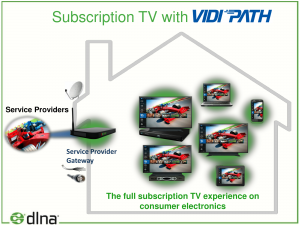
A VIDIPATH-enabled pay-TV setup where each VIDIPATH-capable TV, video peripheral or computer can view pay-TV
They launched the certification program for service-provider and consumer equipment on Sept. 11 and VIDIPATH-certified equipment is expected to be available by December, in time for this Christmas’ shopping season.
What does it offer
VIDIPATH offers DLNA compliance plus features essential to the delivery of premium subscription-TV content around the home to the display device.
It uses DTCP-IP link-layer protection and device authentication to assure a secure signal path to the display device. This is important for content providers who want to be sure where the content is actually ending up.
Also it uses HTML5-based remote user interface to allow the customer to have the full user experience associated with the pay-TV service at the TV or on the mobile device without the need for a set-top box or “TV-Everywhere” app on each viewing device. This allows for access to PVR services, pay-per-view / video-on-demand content, the pay-TV provider’s storefront and other services associated with the pay-TV service. The HTML5 interface would be able to adjust itself for useability on smartphones or small tablets which have the smaller actual screen sizes even though a lot of newer devices are implementing increased screen pixel densities.
Another feature is to provide the exchange of necessary data across the home network to allow the gateway device to enter low-power modes when the display client devices aren’t making use of it. This also works alongside the ability to provide remote diagnostics on any of the display client devices when the customer calls the pay-TV service provider to rectify faults with their viewing experience.
It even supports “adaptive delivery” to allow the VIDIPATH-capable Pay-TV system to provide a best-case signal that is dependent on the viewing device and on the bandwidth available to the home and within the home network. This is based around the open-frame MPEG-DASH adaptive-streaming technology so that implementations aren’t necessarily bound to particular vendor ecosystems.
How will VIDIPATH be implemented in the home network?
A pay-TV service like Sky, DirecTV or Foxtel would supply a VIDIPATH-certified gateway device to the customer. This device would be connected to the satellite dish, cable-TV infrastructure or dedicated IP service connection like DSL and to the home network. It may be in one of two form factors: a “headless” device that has no video output for an attached display device, or a full PVR set-top box of the same ilk as a Foxtel iQ2, Sky Plus box or one of the cable-TV PVR boxes, which is typically connected to the main living-room TV set.
The customer would view their content on a display device that would be a VIDIPATH-capable Smart TV or be a TV set connected to a DVD player, network media player or other video-peripheral device that is VIDIPATH-certified. They could also run a VIDIPATH-certified media-client program on their regular computer, smartphone or tablet to view the TV content on the device.
How will it benefit
Customers
They can concentrate on their own TV or video peripheral device and the device’s remote control being the navigation device for their pay-TV content, rather than juggling different remote controls for changing channels on the pay-TV box and adjusting the sound on the TV or home-theatre. This is a real bonus with smart TV’s or home-theatre systems that have access to network-hosted AV content.
If I move location, I would only need to worry about returning one piece of hardware to the pay-TV provider as part of the move-out process if they don’t operate in my new location. Similarly, for those of you who live in pay-TV markets where different providers compete, the process of selecting the best offer is simplified because you only deal with one piece of hardware to connect to the provider’s infrastructure. An example of this is most US markets where DirecTV and / or DISH provide a satellite TV service that can compete with what the local cable-TV firm offers.
Pay-TV providers
They are in a good position because they can rationalise the pay-TV customer-premises hardware they need to have on hand at all times. This is more so with having to deal with providing and managing set-top boxes for customers who want pay-TV in other rooms. Rather they can be in a better position to provide highly-capable gateway devices and manage one of these per subscribing household or business.
They still don’t lose the ability to provide the distinctly-branded user experience because this can be conveyed across all of the customer’s VIDIPATH-capable display devices. Rather they can even enrich the branded service and effectively take it further in a “write once, run anywhere” manner.
What do we need to do?
As customers, when the opportunity comes to buy network-capable video equipment, we need to keep our eyes peeled for the VIDIPATH logo on the equipment. As well, when we subscribe to pay-TV, we can use our pay-TV provider’s feedback mechanism to suggest implementing VIDIPATH as a service feature.
As pay-TV providers, we should look towards identifying whether the pay-TV equipment that is in current circulation at our subscribers’ homes can support VIDIPATH after a firmware upgrade. Similarly, implementing VIDIPATH in next-generation customer-facing equipment like gateways or set-top boxes can be a valid step for evolving the pay-TV service. This also will be about training the staff who deal with our subscriber base such as sales staff, customer-service staff and installation technicians to understand the VIDIPATH system and how it can make the job easier. It may also involve effectively “dumping” the revenue stream that is realised from renting multiple set-top boxes to customers who have multiple TVs.
Conclusion
I would expect DLNA VIDIPATH to simplify the pay-TV experience and integrate it with an increasing number of customer-owned display devices, whether be Smart TVs, games consoles or tablets.

